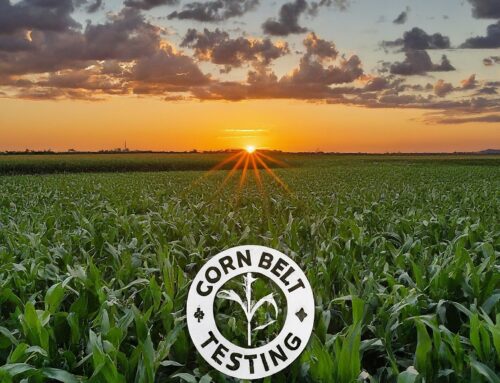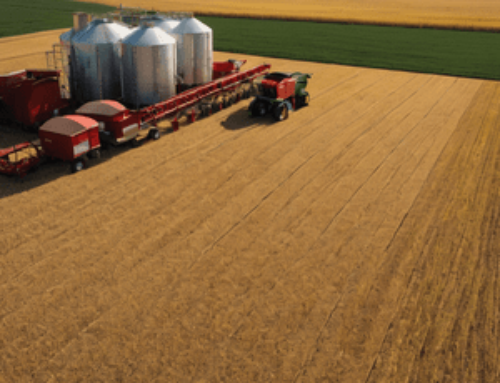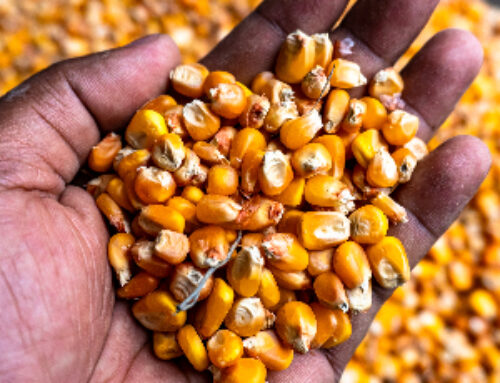 Checking the strength of your corn stalks is important. Depending on the time of the year or your approach to farming, you may tromp over the fields the old-fashioned way of fly a drone over the cornfield to spy on the performance of your corn stalks. The findings will help you triage harvest and rank your fields in terms of which ones should go first.
Checking the strength of your corn stalks is important. Depending on the time of the year or your approach to farming, you may tromp over the fields the old-fashioned way of fly a drone over the cornfield to spy on the performance of your corn stalks. The findings will help you triage harvest and rank your fields in terms of which ones should go first.
How to Measure the Strength of Corn Stalks
Extreme weather conditions, including summer windstorms, drought, and high disease pressure will affect your cornfield in one way or the other. Even for the best-looking cornfields, you may still find high stalk problems that you will only identify after detailed investigations.
The more flexible corn stalks are, the healthier they are. When assessing the strength of the corn stalks, avoid being gentle. You can start by walking perpendicularly through the cornfield while shoving the stalk. This allows you to see if the stock bounce back, droop pathetically, or snaps over.
The pinch test, on the other hand, involves leaning over and squeezing the bottom portion of the stalk. While the healthy and strong ones will be hard, compromised stalks will be squishy. If the stalks seem unhealthy, pull the plant up and split it to see how it looks. You will likely see hollowed-out piths as rot symptoms.
Checking the Cornfields in September
September is usually a tough month as the corn plants tend to throw self-care out the window and focus on finishing gainful. The corn plant at this point only aims to fill that ear and will do anything possible to cannibalize itself. Consequently, the stalks weaken and become prone to lodging that can complicate harvest or hurt your yields.
Several factors can contribute to stalk cannibalization. For instance, plenty of moisture and humidity in the fields may increase disease pressure. Some of the common diseases include tar spot, Northern corn leaf blight, gray leaf spot, and Southern corn rust. The diseases push the plant to remobilize its carbohydrate as it has lost photosynthetic lead area.
Another factor is that in the Eastern Corn Belt, many farmers identified ideal conditions for the plant’s ear to be determined. Setting good kernel and pollination leads to sizeable ears. With the ears being bigger than normal, the corn plant is constantly working harder to fill the ear.
Opportunistic stalk rot pathogens are another common late-season foe for stalks. These are usually lurking in cornfields and tend to move into hollowed-out stalks. In addition, drought stress can set up corn plants for rot pathogens or weaken the root systems, causing lodging. In other circumstances, high rootworm pressure during the year can cause the root system to prune, causing the plants to tilt over or lodge completely.
Working With Corn Belt Testing
As you prepare for the harvest and storing your grains, getting a good moisture tester is critical. Corn Belt Testing, Inc. is a Gold Star National Distributor for DICKEY-john Corporation. We sell and service grain moisture testers, and do any repairs needed. If you are looking to test the moisture in your grain or do any forms of sampling, call 1-866-845-6249 or contact us today for that specialized service.
References






